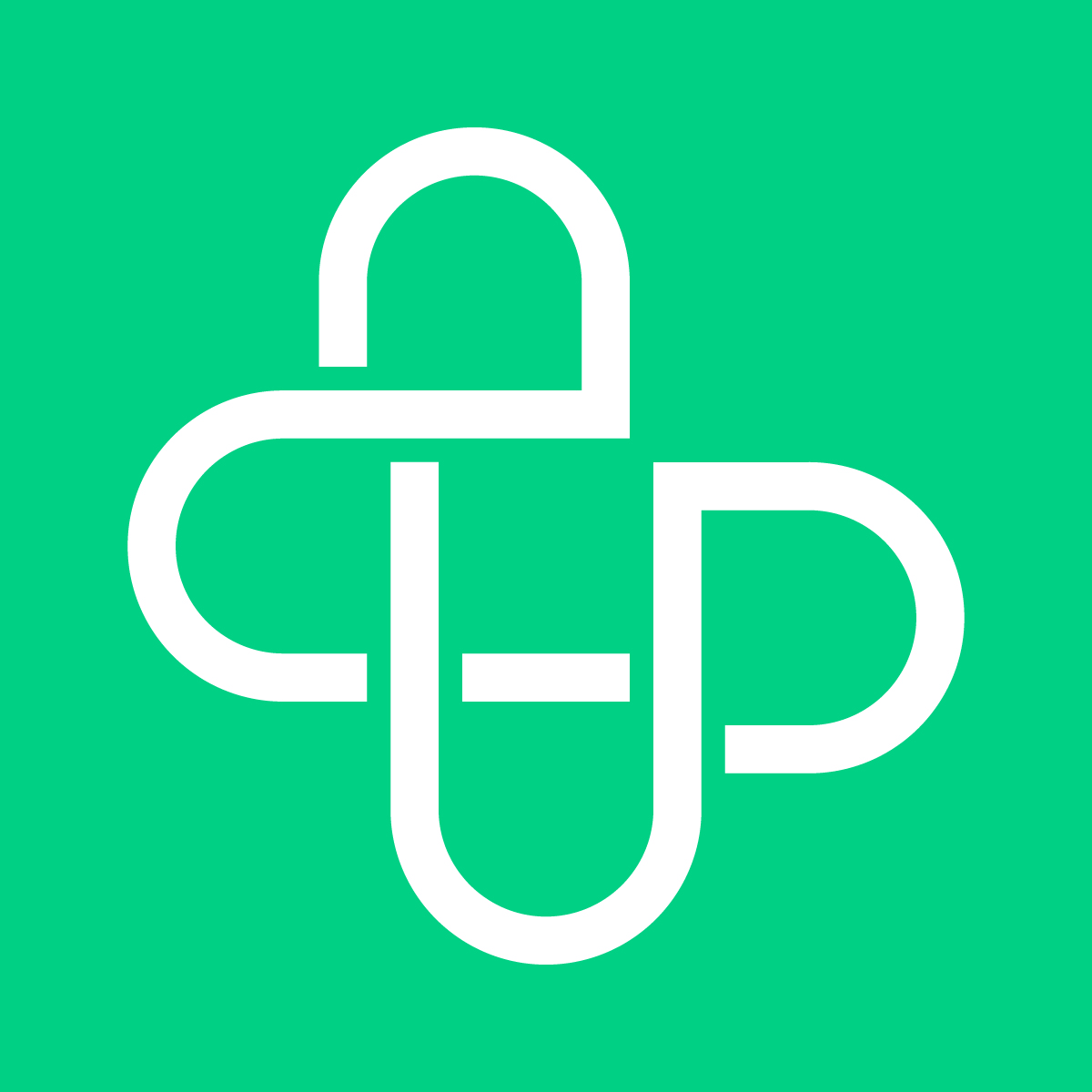Now that the dust has settled a bit after the HLTH 2022 conference, I’ve had the chance to think about the state of patient engagement and the role Upfront can play leading significant improvements. I had many great discussions at HLTH with representatives from health systems, vendors and members of the investment community and enjoyed the many presentations and panels open to attendees. Certain themes emerged across sessions and I summarize my key take-aways:
- Patient engagement can’t be a “bolt on” side project: Patient engagement isn’t simply a process of delivering a digital communication. Anyone can send a text or a message – it goes beyond engineers and technology. Patients are people with unique motivations, priorities and communication preferences. “One Size Fits All” or “One Size Fits Many” messaging on the same channels won’t achieve sufficient results across a population of people. We must effectively personalize engagement for each patient individually to maximize behavior activation.
- True personalization is missing in patient engagement: Targeting by health condition or including a patient’s name in an email greeting is not personalization. It is a process that starts with data and ends with activation. Patients want to be understood, respected, and feel like the provider is tailoring care just for them. Deep patient insights, behavioral science and consumer analytics determine the when, what and how. Connecting that to tailored, health literate, and equitable content and human centered design, are needed to inform, activate and sustain positive health behaviors.
- Settling for less does not help patients: Patients deserve a superior experience and healthcare organizations can realize big returns from delivering this level of care. Furthermore, deep personalization engages and activates patients 40% better, on average. Engagement as an EMR feature “box to check” feature lacks the ability to personalize the patient digital experience, because their core products are something very different. Settling for “one size fits all” communications does a disservice to both patients and providers, a consideration for any mission-driven CIO seeking to enable patients and achieve organizational goals.
- Frictionless integration and interoperability are critical: While EMRs fall far short in delivering a truly personalized patient engagement experience, hospitals and health systems have already invested millions of dollars into these systems and need to maximize their use. A single platform for patient engagement and access with seamless, deep clinical system integration would enhance a provider’s existing EMR/CRM investment, enabling it to deliver consistent, end-to-end personalization with bi-directional, omnichannel communications.
These weren’t new learnings for me, but they strongly reinforced the challenges and opportunities we have in the patient engagement space. Acquiring PatientBond and its proprietary psychographic model was a big step in this direction. We are adding the leading consumer science to the behavioral science and advanced analytics of Upfront. This gives Upfront the proprietary ability to automate the creation of a personalization strategy for each person and action required, and then execute on that strategy through integrations back into the EMR/CRM. Upfront is end-to-end.





